Compared to existing shields, rust gives much better protection per unit weight.
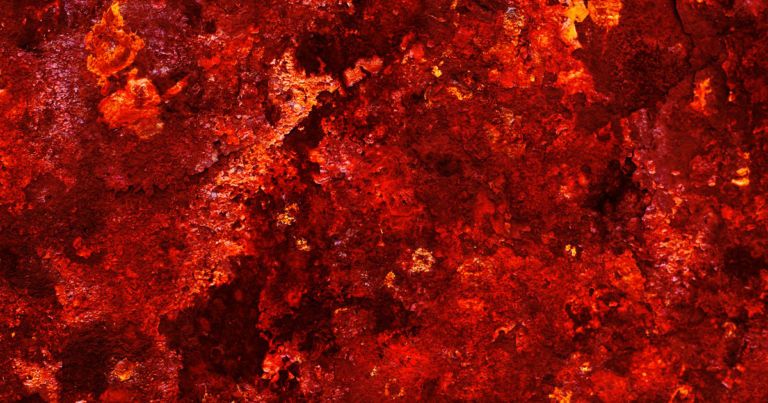

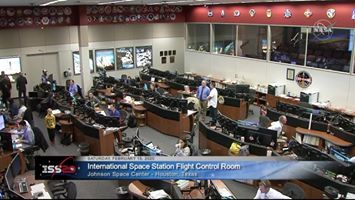
***Update: Launch is now scheduled for 3:21 p.m. EST on Saturday, Feb. 15. Live coverage begins at 2:45.
Watch a cargo spacecraft lift off from NASA’s Wallops Flight Facility in Virginia on a resupply mission to the International Space Station! 🚀
Launch is targeted at 3:43 p.m. EST on Friday, Feb. 14 for Northrop Grumman’s 13th commercial resupply services mission. A previous launch attempt on Feb. 9 was scrubbed after off-nominal readings from a ground support sensor. The Cygnus cargo spacecraft, loaded with approximately 7,500 pounds of research, supplies and hardware, will launch atop an Antares rocket from the Mid-Atlantic Regional Spaceport. This Cygnus spacecraft is named the S.S. Robert H. Lawrence, in honor of the first African American to be selected as an astronaut.
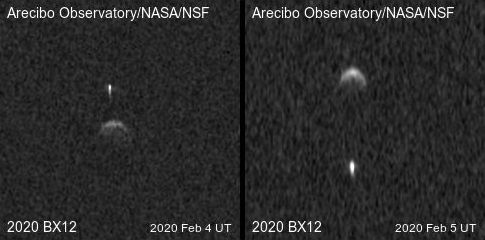
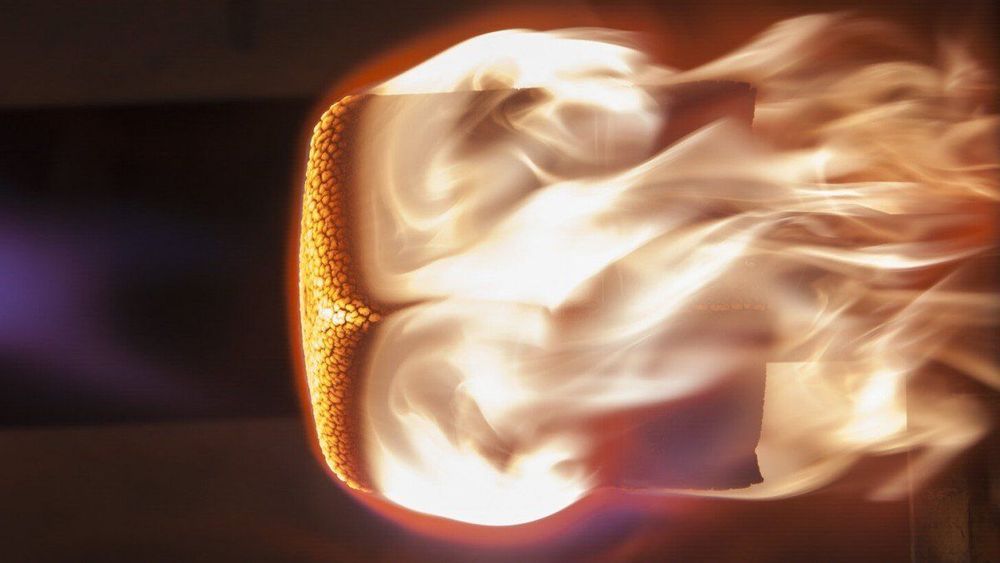
Next week, the European Space Agency is going to jettison a cubesat called Qarman from the International Space Station and watch it burst into a fireball as it reenters Earth’s atmosphere—all on purpose.
What’s the mission: Qarman (short for “QubeSat for Aerothermodynamic Research and Measurements on Ablation”) is a shoebox-sized experiment meant to help researchers better understand the physics at play when objects plummet into the planet’s atmosphere and burn up. Qarman was brought up to the ISS in December during a cargo resupply mission. On February 17, it will be cast back out into space and begin slowly drifting toward Earth before entering the atmosphere and burning up in about six months.
Tell me more: Qarman has four solar-cell-covered panels that are designed to increase atmospheric drag and hasten reentry. Its nose is made from a special kind of cork that’s typically used in thermal protection systems on spacecraft. Ground testing shows that when the cork heats up, it chars and flakes away a bit at a time. The Qarman team is interested in learning how this process works during reentry.
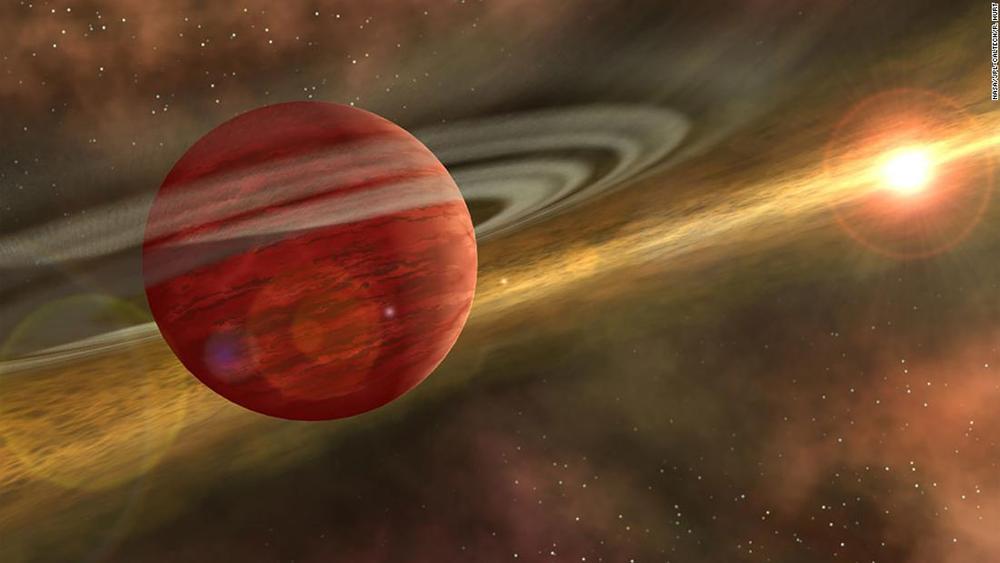
But researchers just located a baby giant exoplanet orbiting a young star just 330 light-years from Earth, making it the closest of its kind to us.
The planet is known as 2MASS 1155–7919 b, and it’s located in Epsilon Chamaeleontis Association, a young group of stars seen in our southern sky near the Chameleon constellation.
Researchers from the Rochester Institute of Technology made the discovery using data collected by the European Space Agency’s Gaia space observatory.
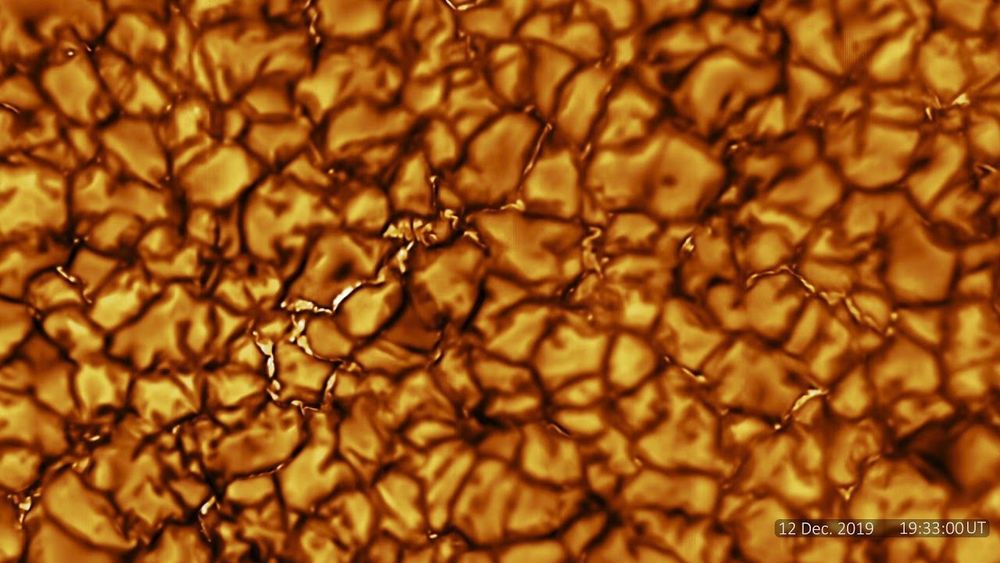
Astronomers using the new Daniel K. Inouye Solar Telescope in Hawaii have released their first public images of the Sun, and they are the most detailed images of our parent star ever taken. Images from the next-generation National Science Foundation (NSF) solar observatory reveal details on the surface measuring just 30 kilometers (18 miles) in diameter.
The new four-meter (157 inch) instrument (the largest solar telescope in the world) recorded images and video of turbulent plasma on the surface of the Sun, providing an unprecedented level of detail for solar researchers.

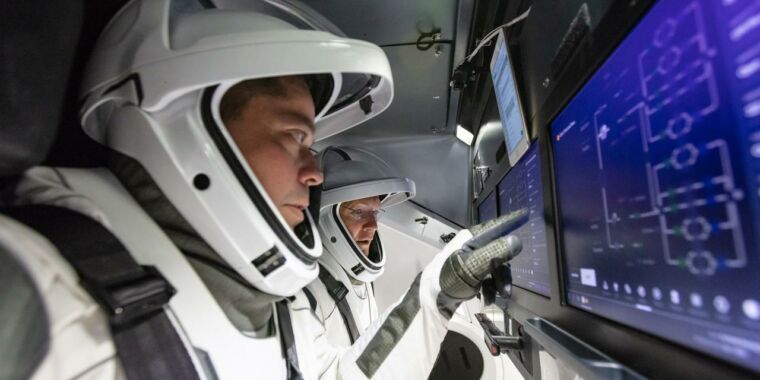
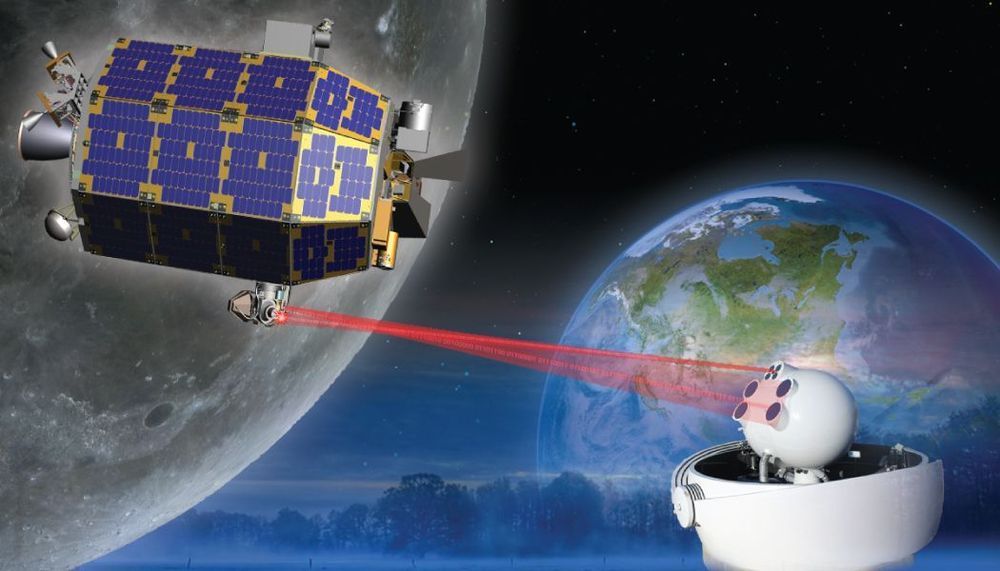
2019
Editor’s Note: In this weekly series, SPACE.com explores how technology drives space exploration and discovery.
Since the dawn of the space age, NASA probes have beamed data home to Earth using radio-frequency communication. But that’s all set to change soon.
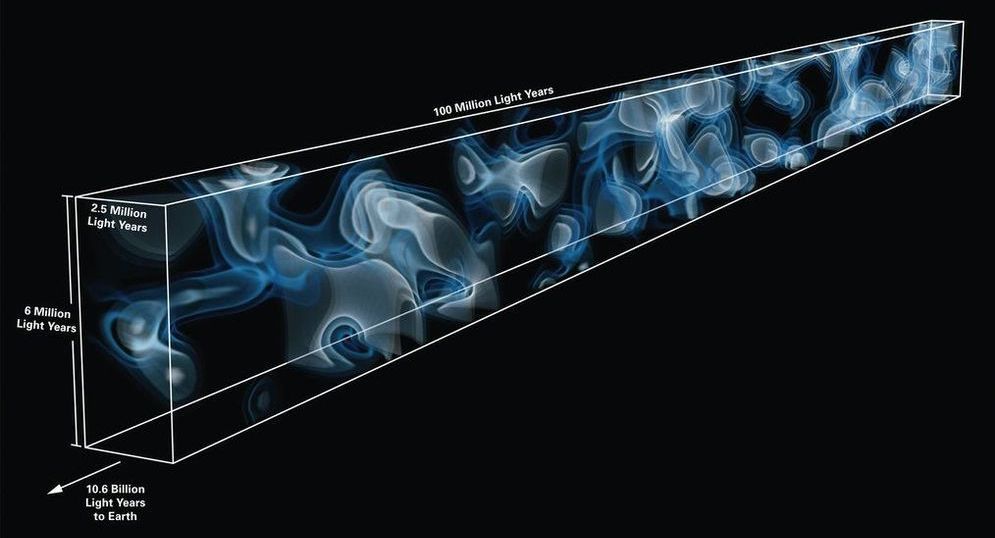
Circa 2004
On the largest scales, matter in the Universe is arranged in a vast network of filamentary structures known as the ‘cosmic web’, its tangled strands spanning hundreds of millions of light years. Dark matter, which emits no light, forms the backbone of this web, which is also suffused with primordial hydrogen gas left over from the Big Bang. Galaxies like our own Milky Way are embedded inside this web, but fill only a tiny fraction of its volume.
Now a team of astronomers led by Khee-Gan Lee, a post-doc at the Max Planck Institute for Astronomy, has managed to create a three-dimensional map of a large region of the far-flung cosmic web nearly 11 billion light years away, when the Universe was just a quarter of its current age. Similar to a medical CT scan, which reconstructs a three-dimensional image of the human body from the X-rays passing through a patient, Lee and his colleagues reconstructed their map from the light of distant background galaxies passing through the cosmic web’s hydrogen gas.
The use of the combined starlight of background galaxies for this purpose had been thought to be impossible with current telescopes – until Lee carried out calculations that suggested otherwise. Lee says: “I was surprised to find that existing large telescopes should already be able to collect sufficient light from these faint galaxies to map the foreground absorption, albeit at a lower resolution than would be feasible with future telescopes. Still, this would provide an unprecedented view of the cosmic web which has never been mapped at such vast distances.”